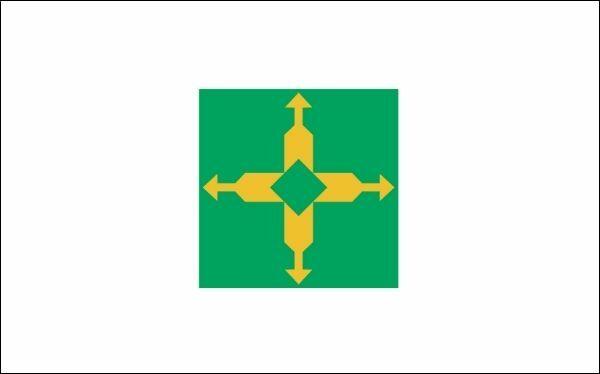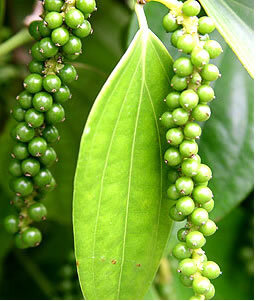O Peak of fog is a Brazilian mountain located in the North of the country, more precisely in the state of Amazonas, near the border with Venezuela. It is considered the highest point in Brazil (highest point), with an altitude of 2993 meters above sea level, according to IBGE.
Previously, the altitude of Pico da Neblina was believed to be 3,014 meters. However, in 2004, new studies carried out by the IBGE, with the use of technological instruments of geographic location, allowed the correct footage, making the highest point in the country "lose" about 20 m.
Due to the high biodiversity and richness of the ecosystem in the region where the peak is located, there was a proposal so that the area could become a nature reserve, destined for scientific studies and the maintenance of its landscape original. For this reason, on June 5, 1979 – World Environment Day – the decree creating the Pico da Neblina National Park.
With an area of more than 2 million and 200 thousand hectares (2,200,000 ha), the park has become one of the largest natural protection areas in South America. When added to the
Cerro de la Neblina National Park, located on the Venezuelan side of the border, the site is now considered one of the areas of greatest natural wealth in Latin America in a state of legal preservation. In fact, on the exact border with Venezuela is the Peak March 31, which is only 21 meters lower than Pico da Neblina.The climate of Pico da Neblina, which houses the region in which it is located, is highly influenced by latitude (close to the Equator) and by variations in altitude. For this reason, there are two types of climate: tropical wet and tropical high.
Do not stop now... There's more after the advertising ;)
There are three relief units in the Pico da Neblina region: the Sedimentary Plateau Roraima, the Plateau Amazonas-Orinoco and the Pediplano Rio Branco-Rio Negro. Pico da Neblina and Pico 31 de Março are in the first one, being a highly mountainous geological formation, with tabular relief and rocks sculpted by the wind and water. On the Amazonas-Orinoco Plateau, there is a rugged terrain with many mountain ranges, among which Serra do Padre and Serra de Imeri stand out. In the pediplane, there is a greater flattening of the surface, with lower altitudes, with averages of 150 m.
There are several animal species in danger of extinction in this national park, which reveals the accentuated biodiversity local, with species such as the Galo-da-Campina, the jaguar, the toucan-açu, the hawk-pega-monkey and many others animals.
Local tourism, despite having incentives, is not very high, with few visits registered in the park. The main problem is the poor infrastructure, which makes access routes difficult. However, this seems to be a good option for the “adventurers” on duty, since the trails and transport by small boats offer a view of beautiful natural scenery and guarantee the rhythm of paths with plenty of emotion and adventure. The place is also often sought after by climbers, who seek to reach the summit of the highest mountain in the Americas outside the Andes.
____________________
* Image Credits: Robson Esteves Czaban / Wikimedia Commons
By Rodolfo Alves Pena
Graduated in Geography
Would you like to reference this text in a school or academic work? Look:
PENA, Rodolfo F. Alves. "Peak of the Mist"; Brazil School. Available in: https://brasilescola.uol.com.br/brasil/pico-neblina.htm. Accessed on June 27, 2021.


